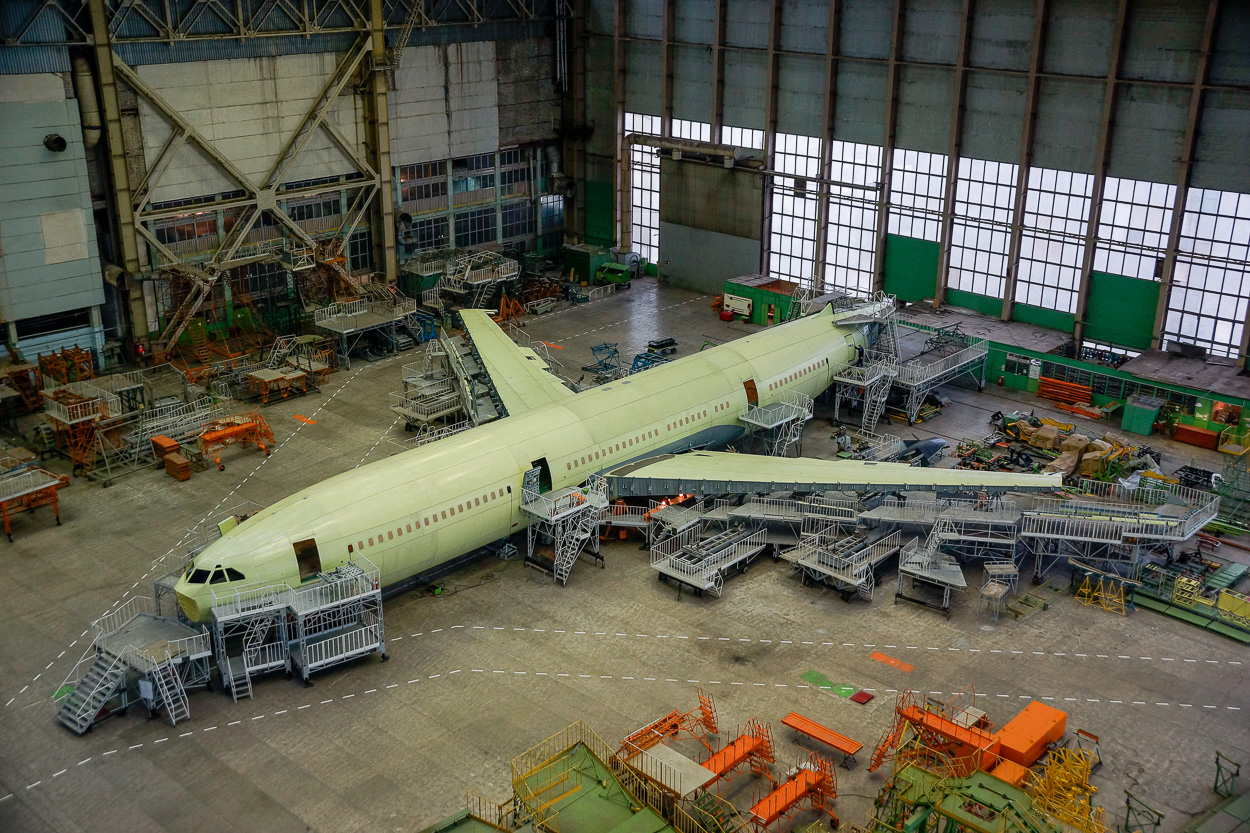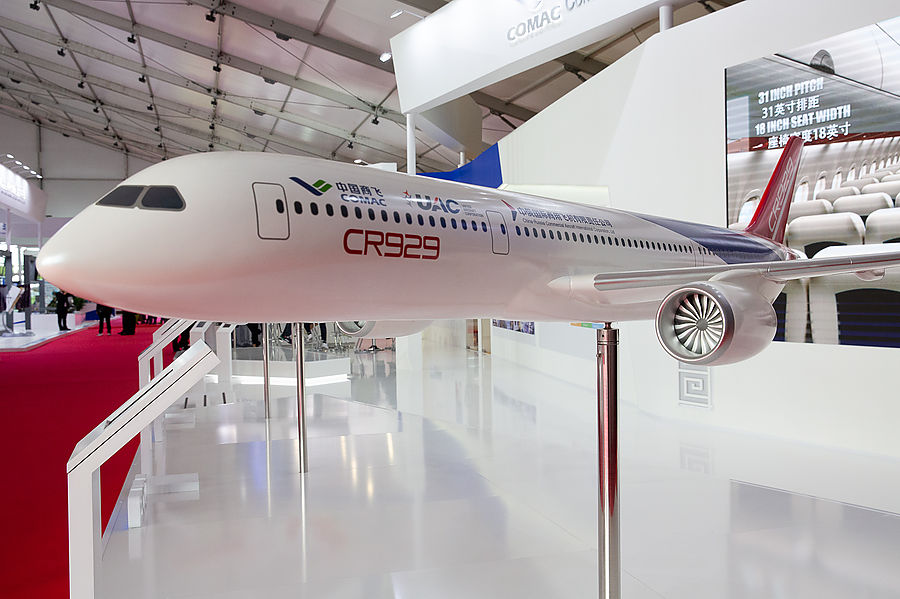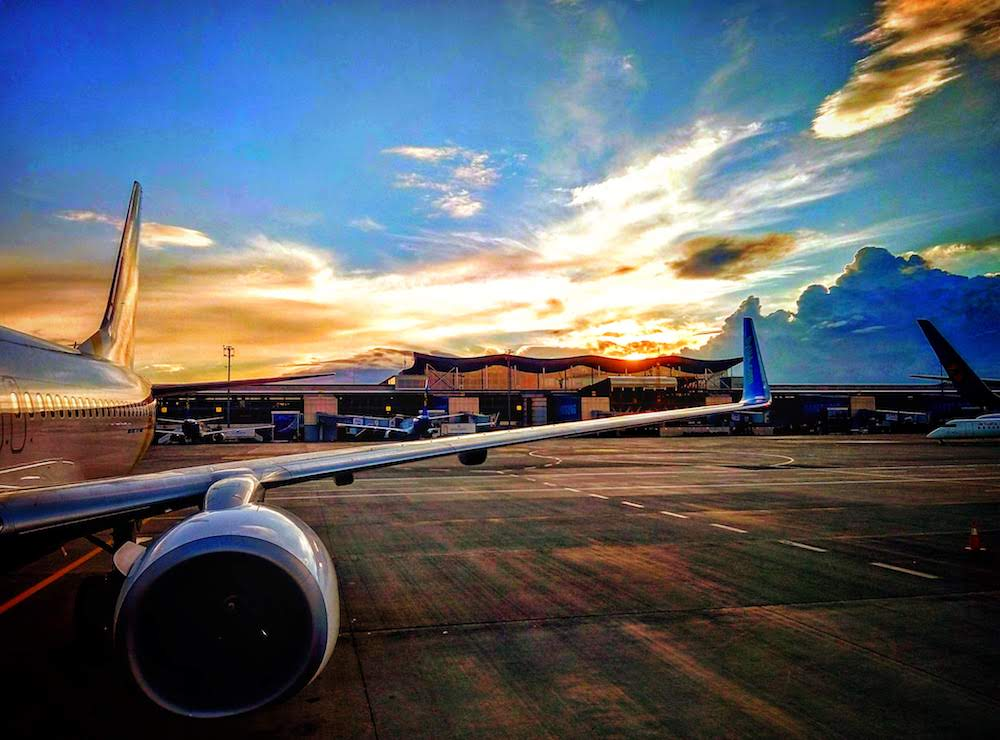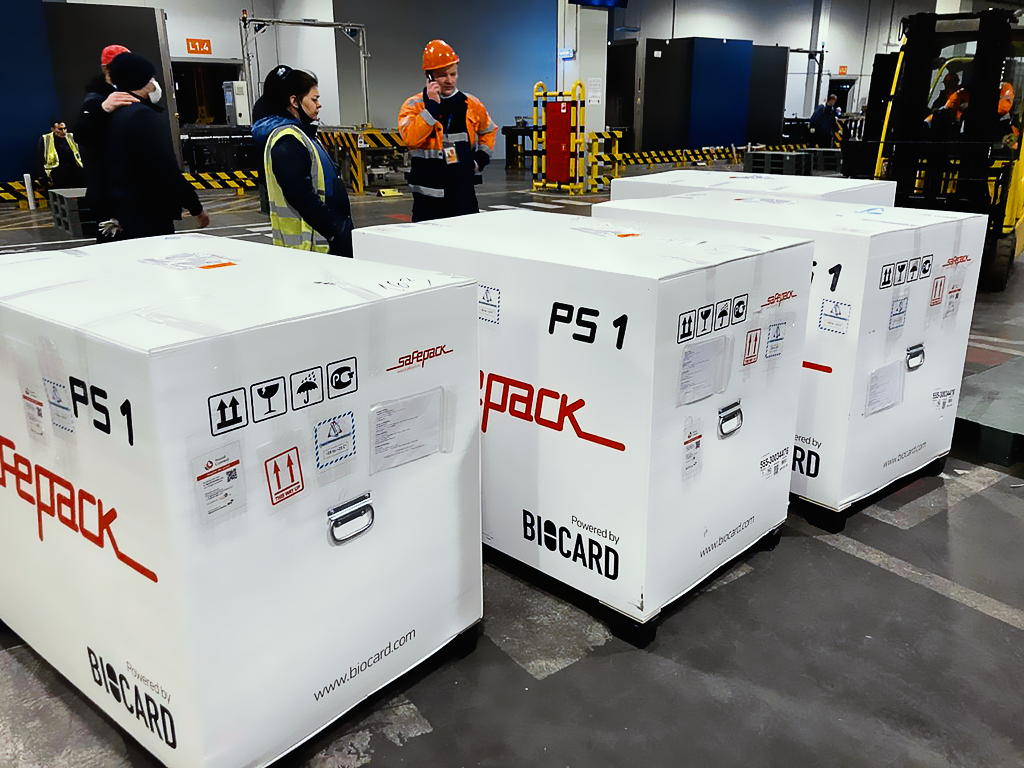Russia is considering ramping up two of its Soviet-era aircraft programs, the Ilyushin Il-96 and the Tupolev Tu-214.
According to Russian Deputy Prime Minister Yury Borisov, the reserve capabilities of the production may be activated.
“Together with our colleagues from the transport bloc we are finishing the analysis of the needs and the priority measures. Based on the picture we get, we may activate the reserve of additional production of these aircraft,” Borisov is quoted as saying by Russian news agency Ria Novosti.
Production of the two aircraft has been on the back burner for the last decade, with just several aircraft produced every year.
The Ilyushin Il-96 is a four-engine wide-body aircraft developed in the 1980s based on the Il-86. Approximately 30 Il-96s have been produced since 1988, most of which have been used by Russian military and the country’s governmental fleet.
In 2015, Russia’s United Aircraft Corporation (UAC) announced the development of the Il-96-400M, a vastly upgraded variant intended as a stop-gap measure before the Chinese-Russian CRAIC CR292 becomes available, and also as a possible competitor to Western long-range airliners such as the Boeing 777 and the Airbus A350.
However, in mid-2021, UAC cancelled the Il-96-400M, announcing that no commercial orders were received, and the two prototypes are to be turned into airborne command posts (‘doomsday planes’) by the Russian aerospace forces.
The Tupolev Tu-214 is a variant of the Tu-204 narrow-body airliner from the late 1980s. Roughly comparable to the Boeing 757, the Tu-204 was expected to become the Soviet Union’s primary mid-range airliner. However, only 98 aircraft were produced.
The Tu-214 was developed in the mid-1990s and features an increased maximum take-off weight (MTOW) and fuel capacity in comparison with a regular Tu-204. While several older Tu-204s remain in use with Russian, North Korean and Cuban airlines, only the Russian military and the governmental fleet uses Tu-214s.



